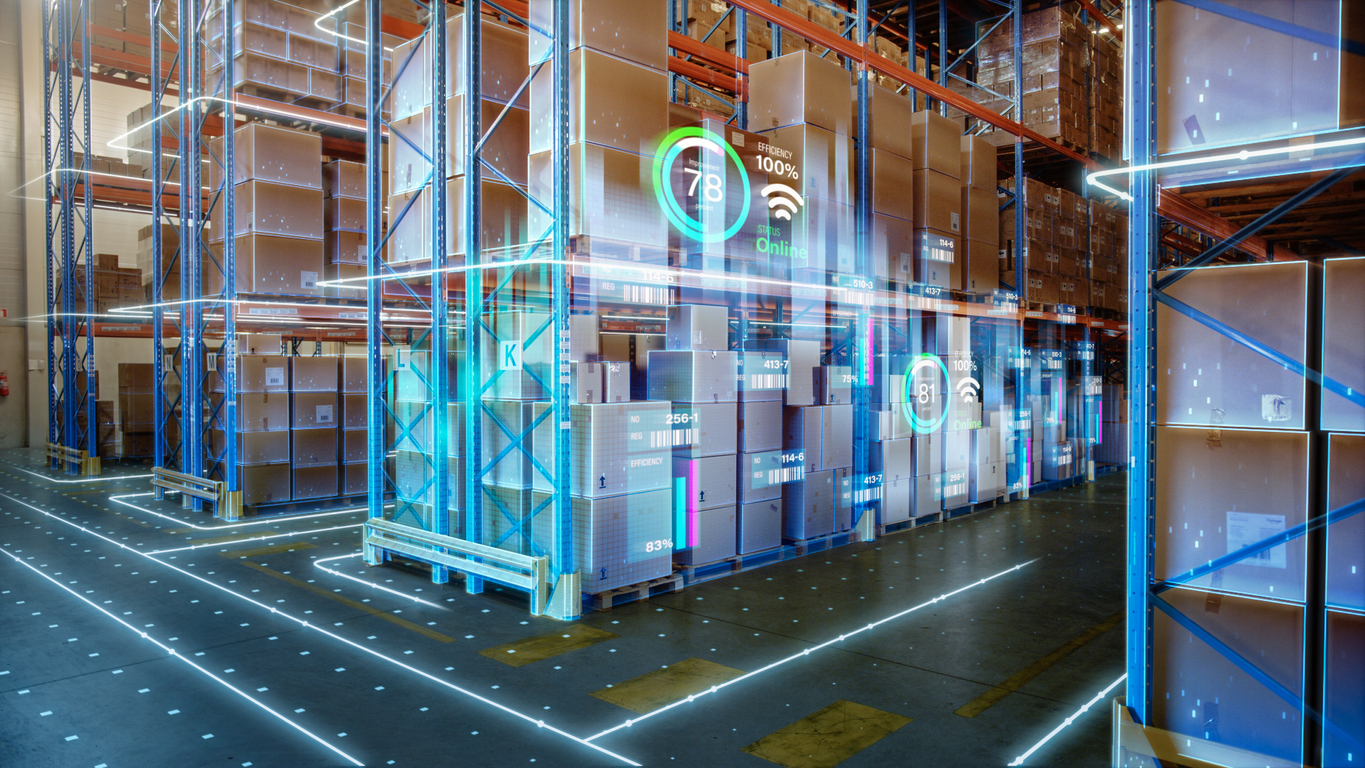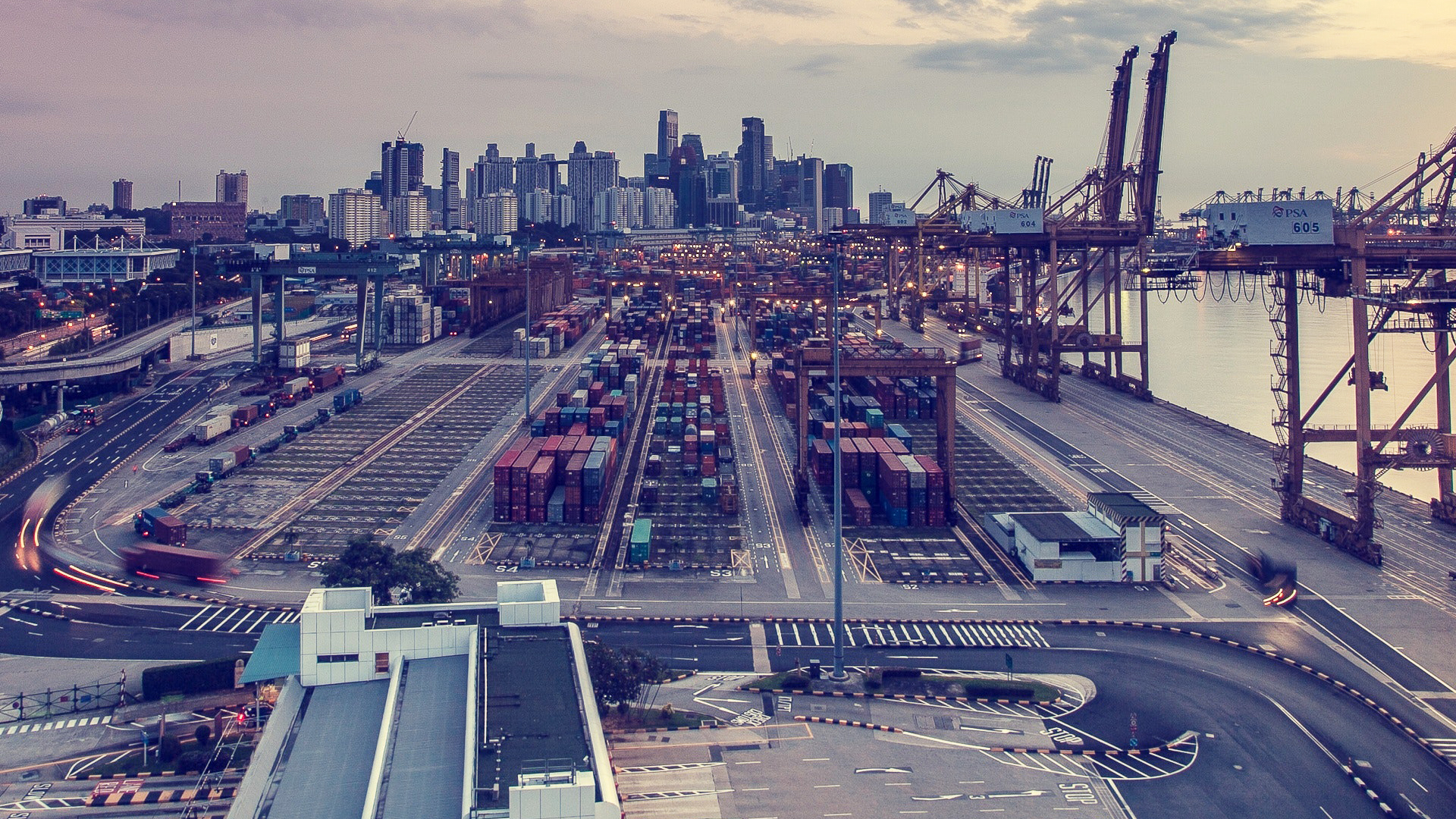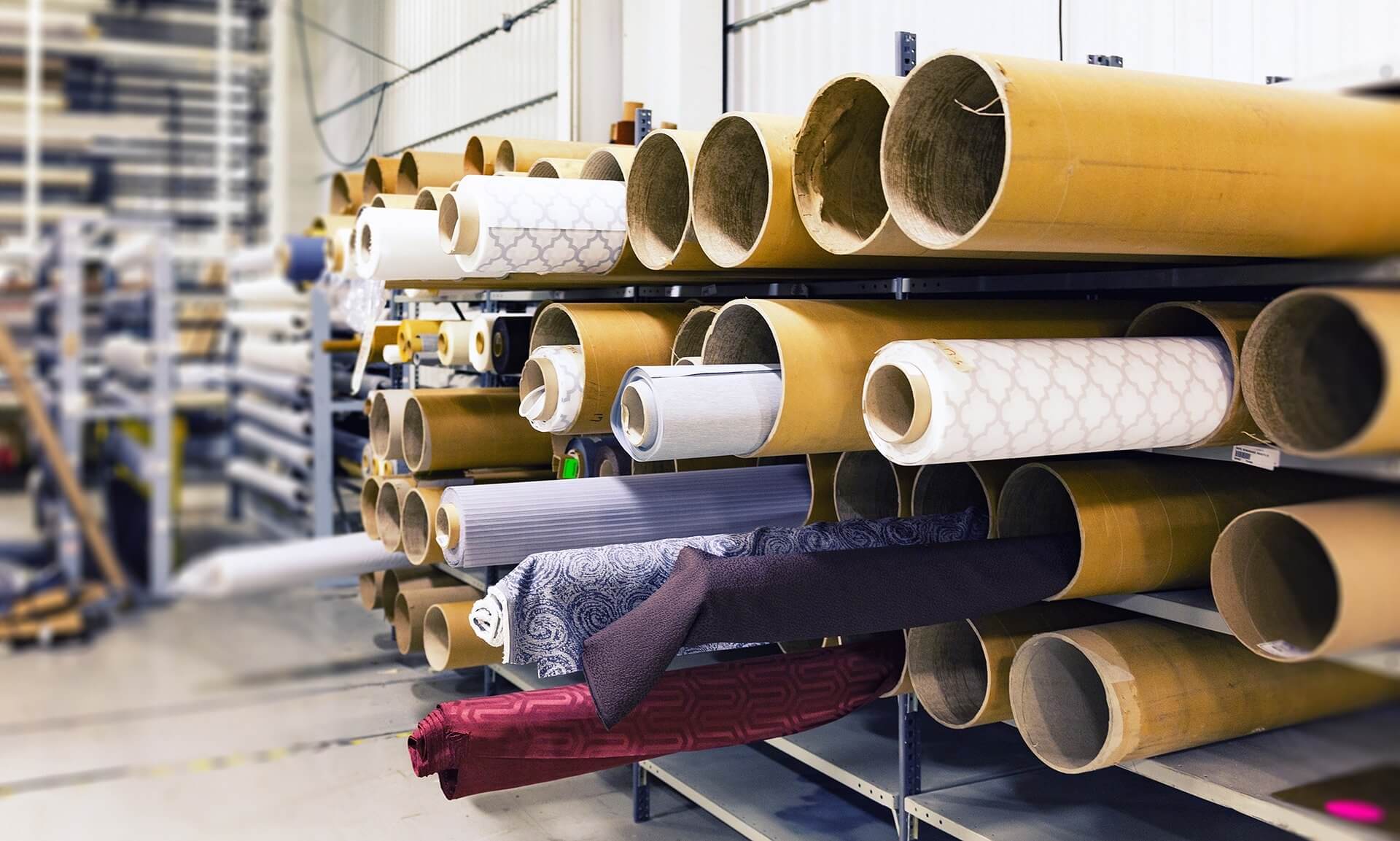Cities take a huge toll on our planet, consuming 78% of the world’s energy and producing more than 60% of greenhouse gas emissions. These statistics have led the EU to invest €100bn into the European Green Deal, which aims to make Europe the first climate-neutral continent in the world by 2050. As the infrastructure and real estate sectors play a major part in city development, the construction of smart buildings is the most viable solution for long-term sustainability.
What is the link between smart buildings and sustainability? The answer lies in the emerging smart building trends we are about to discuss.
Drivers for Smart Buildings
According to the study, The Future of the European Built Environment, urban planning in Europe will be shaped by the following drivers:
- Urbanization – Rising urbanization will result in rurban (rural/urban) areas and the relocation of cities
- Climate change – A strong focus on climate-neutral buildings to slow down the negative impact of climate change
- Resource scarcity – From design to deconstruction, there will be a need for biobased alternatives and circular resources
- Changes in population – A growing aged population may decrease the availability of labor
- Focus on health and wellbeing – Buildings will integrate more green spaces and preventive health measures such as the removal of toxic components
The study also predicts that buildings will embody these eight characteristics by 2050:
- Climate-resilient structures to withstand natural disasters
- Flexible buildings that are scaled to facilitate multiple functions
- Cognitive buildings that have automated internal climate management
- Focus on performance in terms of sustainability and energy use will determine the building’s value
- Enabling working and living in a 24-hour economy with combined working and living spaces as well as 24-hour connectivity
- Circular buildings consisting of reusable and biobased materials
- Energy-positive buildings that are efficient and free from fossil fuels
- Support a healthy lifestyle through healthy noise management, optimal temperature and clean air
Several cities in Europe are already making strides to become greener and smarter. For example, Copenhagen is on the way to becoming carbon neutral by 2025 with business clusters powered by renewable energy and high R&D investments in sustainable sectors. In addition, Lahti was named the European Green Capital 2021 by the European Commission. The city aims to be carbon neutral in four years’ time, setting an example for the rest of Europe and bringing Finland closer to its target of achieving carbon neutrality by 2035.
Smart buildings and COVID-19
As the world slowly recovers from the pandemic, we will see people returning to public and shared spaces to restart their professional and social lives. Therefore, living and working spaces need to be upgraded to safeguard our health and well-being. Facilities managers must equip their buildings with effective ventilation and air quality to minimize the spread of the virus.
Besides that, touchless technology such as voice-activated elevators, hands-free doors, and phone-controlled door locks will lower the risk of touching contaminated surfaces. Smart buildings will also enable data collection on tenants, allowing building managers to easily identify and inform occupants if an individual has been infected with the virus.
Trend #1: Predictive Maintenance in Smart Buildings
One way for buildings to become smarter and more sustainable is with the integration of predictive maintenance. It allows full cost optimization by recognizing equipment that needs fixing before it fails – reducing the amount of expensive last-minute repairs and renovations.
Predictive maintenance also plays an integral role in running a building’s heating, ventilation, air conditioning, and refrigeration (HVACR) systems efficiently. This is especially important for buildings where continual and correct operations are critical, such as airports and hospitals.
In addition to making buildings smarter, predictive maintenance also makes them more intuitive. These buildings have systems in place to automatically turn the lights on when people are detected in a room, adjust an area’s ventilation depending on its CO₂ levels, and regulate heating and air conditioning. Predictive maintenance allows for optimal energy efficiency, reliability, and comfort.
In this IBM case study, the 24/7 Connected Services offering on IBM Cloud has helped KONE embed predictive maintenance in their elevators. With 24/7 Connected Services, elevator safety has improved with the reduction of equipment downtime, detailed information about equipment performance, and fewer faults.
Trend #2: Smart Building Data Management
IoT is an irreplaceable component in smart buildings to power data-driven digital services. These services are not only useful for building management but also for the overall tenant experience. Nowadays, tenants can download and utilize apps with features that maximize convenience and safety. Examples of features include navigating available parking spots, booking shared facilities, and receiving notifications on building updates.
The complexity of the real estate landscape today with large numbers of stakeholders, growing portfolios, and siloed systems demands for a streamlined data-driven platform. That is exactly what Fabriq created to manage Google’s European real estate assets which include offices and data centers. The IoT platform not only tracks the consumption of energy and resources but also flaws in building operations. This resulted in fewer carbon emissions, lower costs, and efficient use of resources.
The surge of smart technology in buildings will give rise to challenges such as data overload, difficulty in selecting the right data source, and issues with data verification. Therefore, it is imperative for building managers and owners to address these challenges to ensure the chosen smart technology works seamlessly and brings about attractive ROI over time. They must conduct thorough reviews of the building and its facilities, carry out interviews with potential occupants, identify data points and filter out important information, and streamline data verification techniques.
Trend #3: Cybersecurity for Smart Buildings
As buildings become smarter, they naturally are at a higher risk of cyberattacks. Common vulnerabilities with smart building systems are minimal password protection, multiple connected devices and systems, maintenance from third-party companies, and security limitations with old buildings.
Physical security is no longer enough to protect a building’s occupants. Building owners and managers must ensure effective cybersecurity measures are in place to steer away from cybercriminals. Products like the Desigo PXC4 and PXC5 controllers by Siemens are designed to help smart building managers prevent security breaches by having a strong protection policy, signed firmware, and encrypted communication with the embedded web interface.
Fortinet also recommends the following steps for creating a robust security-first strategy – develop an overarching security plan, increase the visibility of smart building devices, and form strategic relationships with security technology suppliers.
Trend #4: Smart Materials in Construction
The contribution of smart buildings to sustainability begins in the construction phase. Emission levels can be greatly reduced in the following areas:
- Materials: The use of fewer materials, more climate-friendly production of materials, and finding more sustainable alternatives.
- Transport: Introduce modes of transportation with less climate impact and increased electrification.
- Energy and heating: Increased energy efficiency through renovation, higher sustainable energy requirements, and fewer fossil fuels for district heating production.
- Waste: Buildings designed with increased flexibility, rebuilding, and material recycling in mind.
Several technologies are already in the works to enhance and create smarter materials to withstand external changes. The materials used to construct a building plays a big role in how energy efficient and sustainable it will be in its lifetime. A good example is Helsinki’s Wood City – a sustainable urban hub with wood as its main construction material. The multi-story buildings of Wood City are made from fire-resistant Laminated Veneer Lumber (LVL) and timber, which is reusable, cost-effective, and low carbon.
The demand for climate-resilient and sustainable projects in the form of smart buildings is expected to grow exponentially. Buildings in the future will continue to leverage smart technology to maximize their lifespans and mitigate the effects of climate change.





 Others expressed the same sentiment:
Others expressed the same sentiment: Many of the participants mentioned positive factors about their current work situation, citing efficiency, savings on time and costs, and faster decision-making as some of the upsides of remote working.
Many of the participants mentioned positive factors about their current work situation, citing efficiency, savings on time and costs, and faster decision-making as some of the upsides of remote working.




 With physical-distancing measures still ongoing for the foreseeable future,
With physical-distancing measures still ongoing for the foreseeable future, 
 To quote Cherie Wong, the general manager of Amazon Web Services (AWS) IoT analytics services,
To quote Cherie Wong, the general manager of Amazon Web Services (AWS) IoT analytics services, 